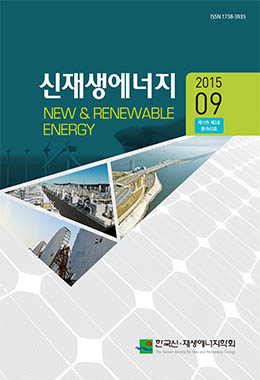There is an ever-growing interest in alternative energy sources, and more and more technologies are becoming viable options as efforts to reduce greenhouse gas production and fossil fuel consumption increase. Unutilized energy has been attracting particular attention as a community based alternative energy source. Temperature difference energy is ubiquitous in nature, and it may be possible to harvest this energy without any significant influence on the local environment.
In this study, we examined reserves and available capacity of temperature difference energy sources(treated sewage, river water, and an agricultural reservoir) for the supply of energy to a rural community.
Reserves and available capacity of treated sewage were 6,555 Tcal/yr and, 4,318 Tcal/yr, respectively, while reserves and available capacity of river water were 192,000 Tcal/yr and 1,632 Tcal/yr, respectively. Agricultural reservoirs returned reserve and available capacity figures of 7,994 Tcal/yr and 141 Tcal/yr, respectively. In addition, we presented a review of legal and systematic considerations which might pave the way for larger scale temperature difference projects in the future. We also suggest a direction for future temperature difference energy based on the current Korean legal system.




